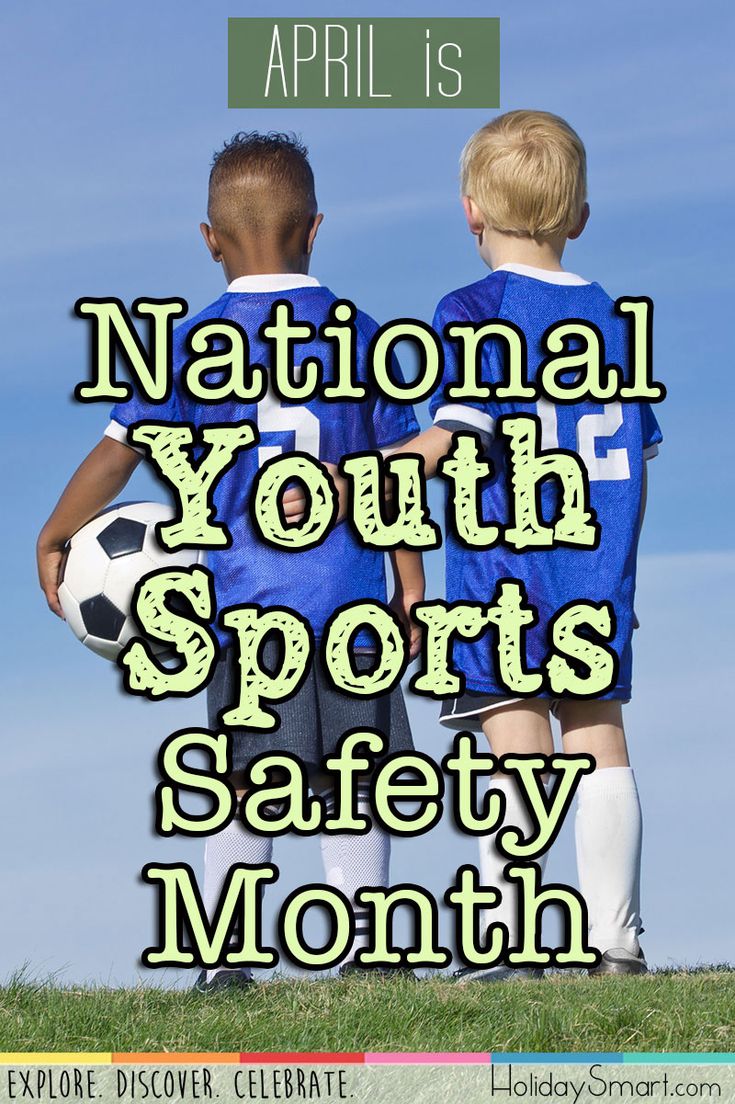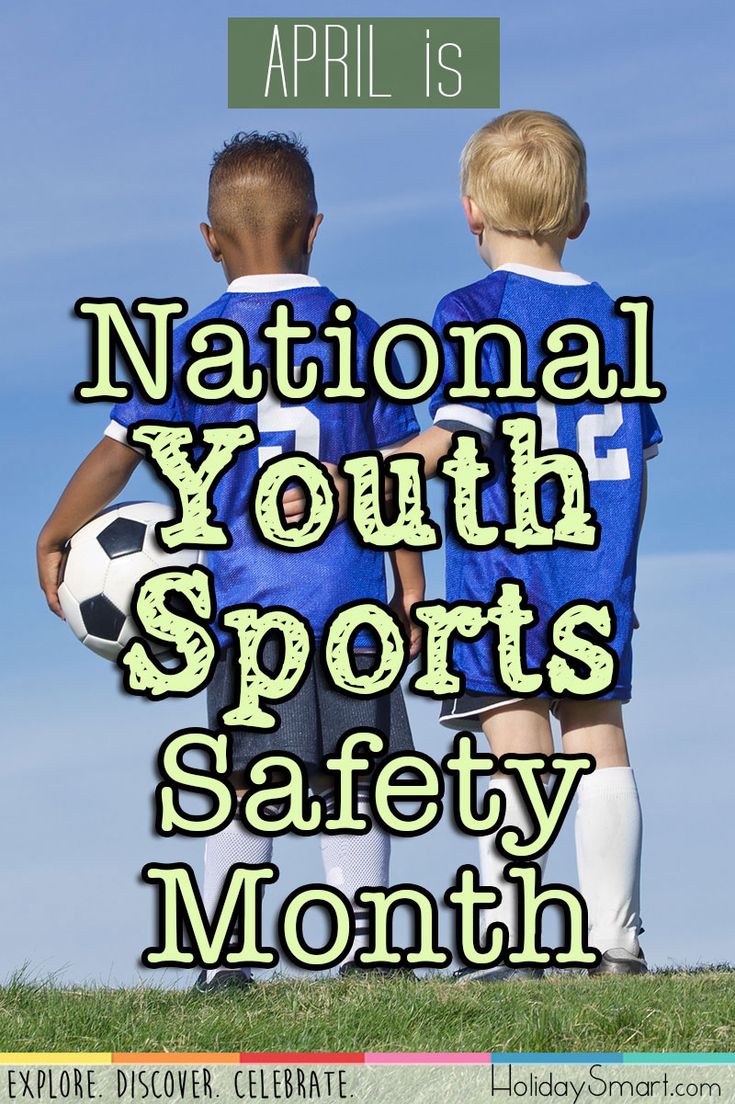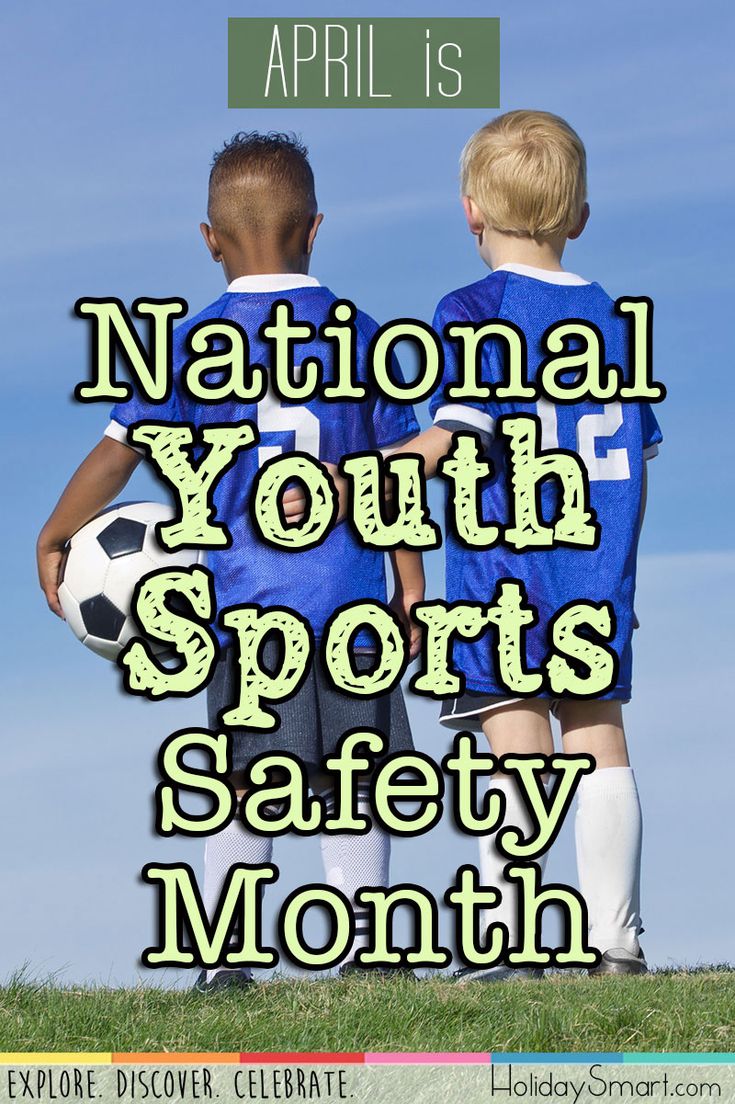National Youth Sports Safety Month: Protecting Young Athletes

April marks National Youth Sports Safety Month, a crucial time to raise awareness about protecting young athletes from sports-related injuries. With millions of children and teenagers participating in sports annually, ensuring their safety is paramount. This month serves as a reminder for parents, coaches, and communities to prioritize youth sports safety and implement preventive measures. By focusing on education, proper equipment, and safe practices, we can help young athletes enjoy sports while minimizing risks.
Why Youth Sports Safety Matters

Sports play a vital role in physical and mental development, teaching teamwork, discipline, and resilience. However, sports injuries are a significant concern, with thousands of young athletes visiting emergency rooms each year. Common injuries include sprains, fractures, and concussions, which can have long-term effects if not addressed properly. National Youth Sports Safety Month highlights the importance of prevention and early intervention to keep young athletes healthy and active.
Key Strategies for Protecting Young Athletes

Ensuring the safety of young athletes requires a collaborative effort. Here are essential strategies to implement:
1. Proper Equipment and Gear
Wearing the right sports equipment is the first line of defense against injuries. Helmets, pads, and supportive footwear are non-negotiable. Always ensure gear fits correctly and is in good condition.
2. Hydration and Nutrition
Dehydration and poor nutrition can increase injury risks. Encourage young athletes to drink water regularly and maintain a balanced diet to support their energy levels and recovery.
3. Safe Training Practices
Overtraining and improper techniques are common causes of injuries. Coaches should emphasize safe training methods, including warm-ups, cool-downs, and gradual progression in intensity.
4. Concussion Awareness
Concussions are a serious concern in youth sports. Educate athletes, parents, and coaches about concussion symptoms and the importance of immediate medical attention. Follow return-to-play protocols strictly.
Educating Stakeholders for a Safer Environment

Creating a safe sports environment involves educating all stakeholders. Parents should stay informed about their child’s sport and advocate for safety measures. Coaches must undergo training in sports safety and first aid. Schools and sports organizations should enforce safety policies and provide access to medical professionals during practices and games.
📌 Note: Regular safety audits of sports facilities can help identify and mitigate potential hazards.
Checklist for Youth Sports Safety

To ensure young athletes stay safe, follow this checklist:
- Inspect Equipment: Check gear for wear and tear before each use.
- Stay Hydrated: Encourage water breaks during practices and games.
- Learn First Aid: Equip coaches and parents with basic first aid knowledge.
- Monitor Play: Watch for signs of fatigue, dehydration, or injury.
- Follow Protocols: Adhere to concussion and injury return-to-play guidelines.
What is National Youth Sports Safety Month?
+National Youth Sports Safety Month is an annual observance in April aimed at raising awareness about preventing sports-related injuries among young athletes.
How can parents protect their children in sports?
+Parents can ensure their children wear proper gear, stay hydrated, and participate in sports with trained coaches who prioritize safety.
What are common sports injuries in young athletes?
+Common injuries include sprains, fractures, concussions, and overuse injuries like tendonitis.
National Youth Sports Safety Month is a call to action for everyone involved in youth sports. By implementing these strategies and staying informed, we can create a safer environment for young athletes to thrive. Remember, prevention is key—let’s work together to protect the next generation of athletes. Youth sports safety, sports injuries, concussion awareness, youth athlete protection, sports equipment, safe training practices.


